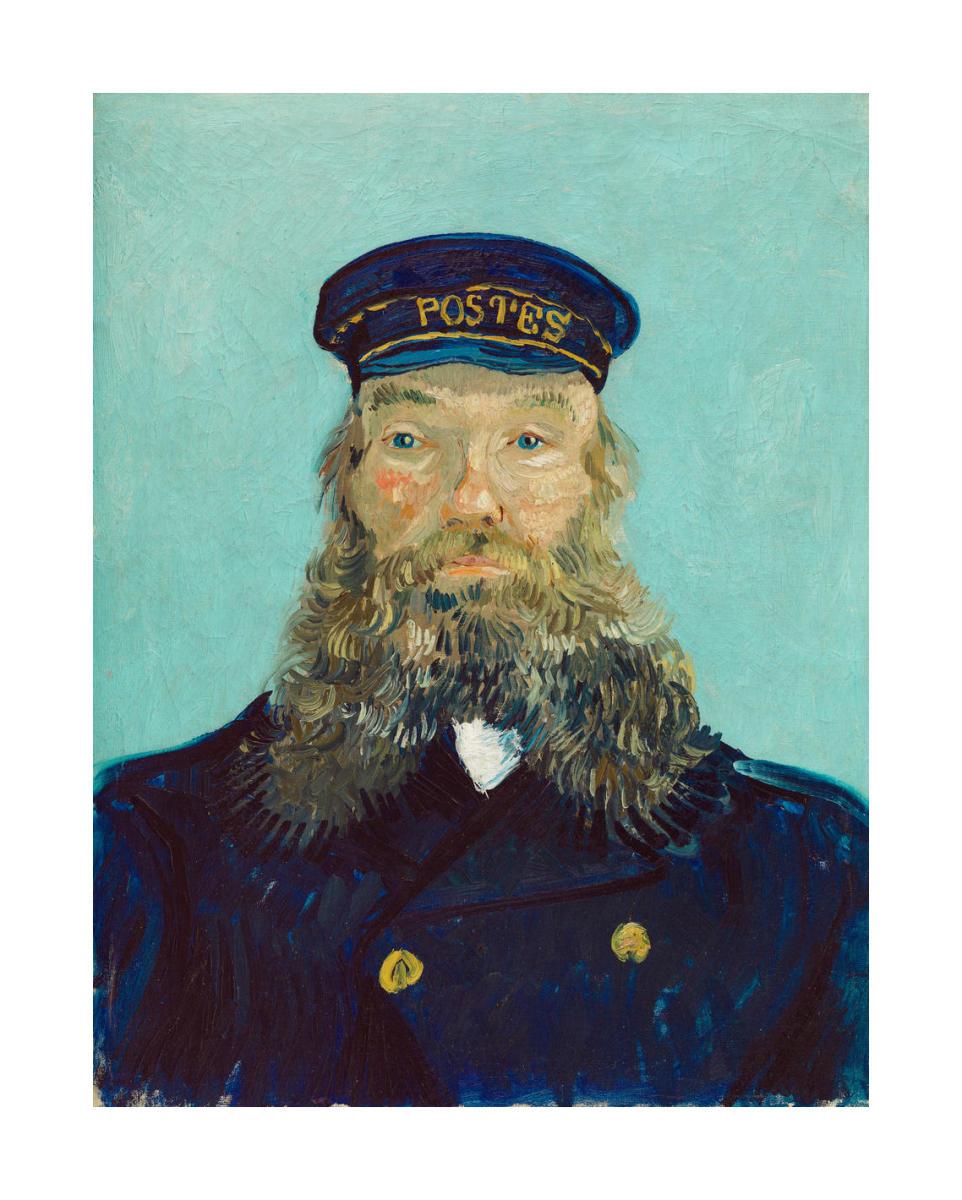
Every few years, a new communication tool promises to “replace email.” Chat apps, collaboration suites, and workflow platforms all claim to be the future. And yet, email remains the backbone of business communication. It’s universal, reliable, and deeply ingrained in how organizations operate. Email isn’t going away anytime soon — but it can be improved. That’s where Zenbox comes in.
A Short History of Email
Email began in the early 1970s, when Ray Tomlinson sent the first networked message using the “@” symbol to identify the recipient. By the 1990s, email had become mainstream in offices worldwide, replacing memos, faxes, and even some phone calls.
Since then, many tools have tried to reduce or replace email:
- Early 2000s: Instant messaging apps promised faster collaboration, but lacked formality and structure.
- 2010s: Team chat platforms like Slack and Microsoft Teams shifted daily communication, but email remained essential for external and formal interactions.
- Now: Project management platforms integrate tasks, chat, and files — yet contracts, client communication, and official approvals still live in email.
Despite these shifts, email endures because it’s universal, asynchronous, and trusted. New tools supplement it, but they don’t replace it.
Why Email Isn’t Going Away
- Universal standard: Every company, client, and partner uses it. Email works across industries and geographies.
- Formal record: Contracts, agreements, and critical documentation often live in email threads.
- Asynchronous flexibility: Unlike chat, email doesn’t demand an instant reply — it allows for considered responses.
- Integration: From calendars to CRMs, email is the hub that other tools connect to.
Email has survived decades of “replacements” because it does something essential: it creates a trusted, universal channel for communication.
The Problem Isn’t Email — It’s Overload
What makes email frustrating isn’t the medium itself, but the volume and design of how we use it. Hundreds of unread messages, endless CC chains, and constant notifications turn email from a helpful tool into a daily stressor.
The question isn’t “should we abandon email?” but rather: how can we make it better?
How Zenbox Makes Email Work for You
Zenbox doesn’t try to replace email. Instead, it enhances the inbox you already use with smart, calm, and AI-powered workflows:
- AI summaries: Long threads and attachments condensed into actionable insights in seconds.
- Smart auto-tagging: Emails arrive organized into clear categories like Do Now, Schedule, Delegate, and Delete.
- Priority view: See what matters now instead of scanning everything equally.
- Inbox Calm Mode: Control when you check email, instead of letting notifications control you.
- One-click actions: Every email ends with a decision, not a lingering “maybe later.”
By keeping email familiar but smarter, Zenbox helps users maintain habits they already know — while saving hours of time each week.
Respecting Habits, Improving Outcomes
We know people don’t want to learn a brand-new system or abandon their inbox. Zenbox is built to respect existing workflows:
- You keep your Gmail, Outlook, or work email accounts.
- You still send and receive messages in the same way.
- You just spend less time on sorting, skimming, and repetitive tasks.
Result: Email feels lighter, calmer, and more effective — without forcing you to change how you work.
The Takeaway
Email has survived faxes, instant messengers, and team chats — and it’s not going away. The challenge isn’t replacing it, but making it sustainable for the future of work. Zenbox bridges the gap by respecting the universality of email while eliminating its pain points. With Zenbox, email works for you — not against you.

